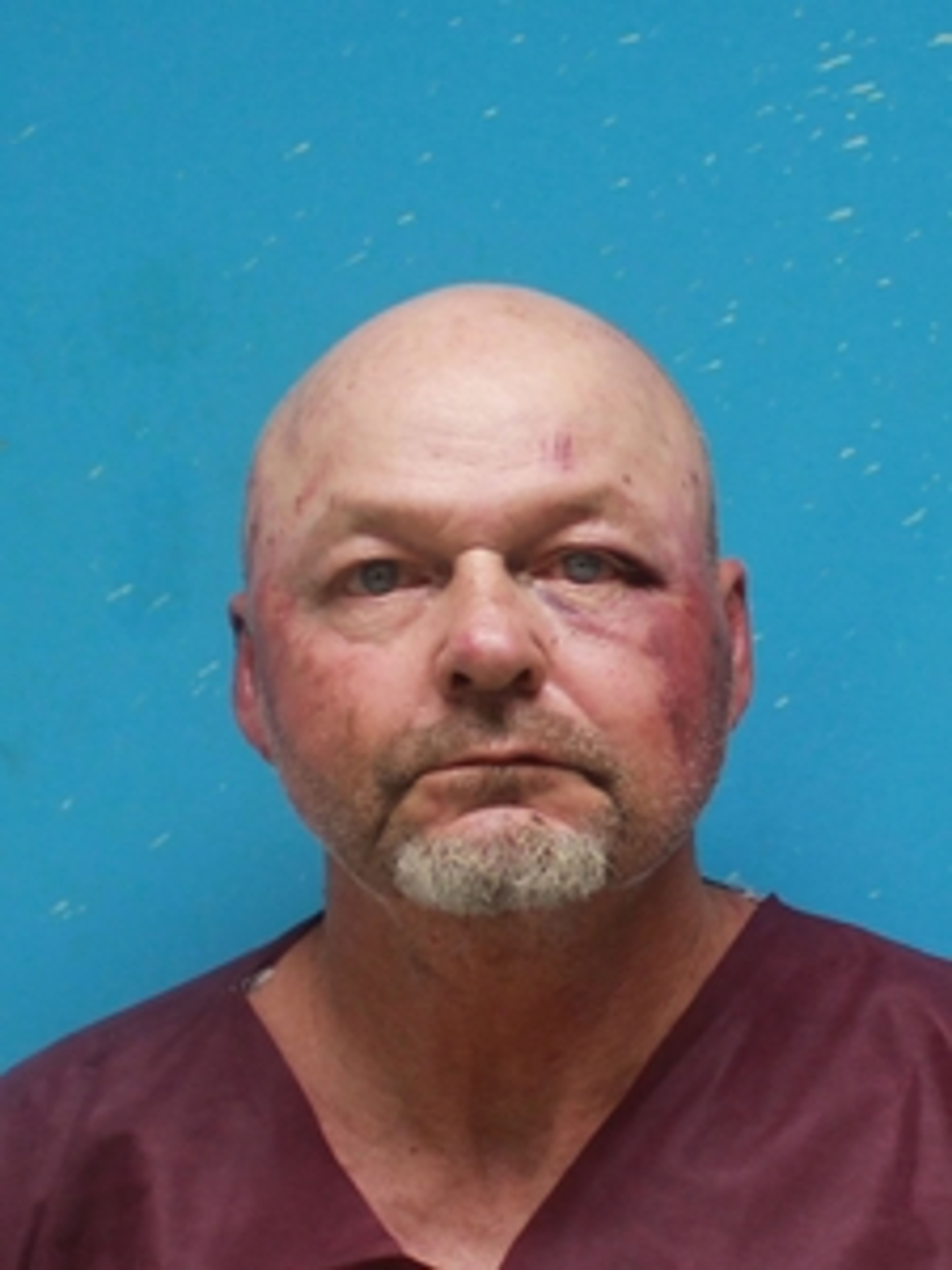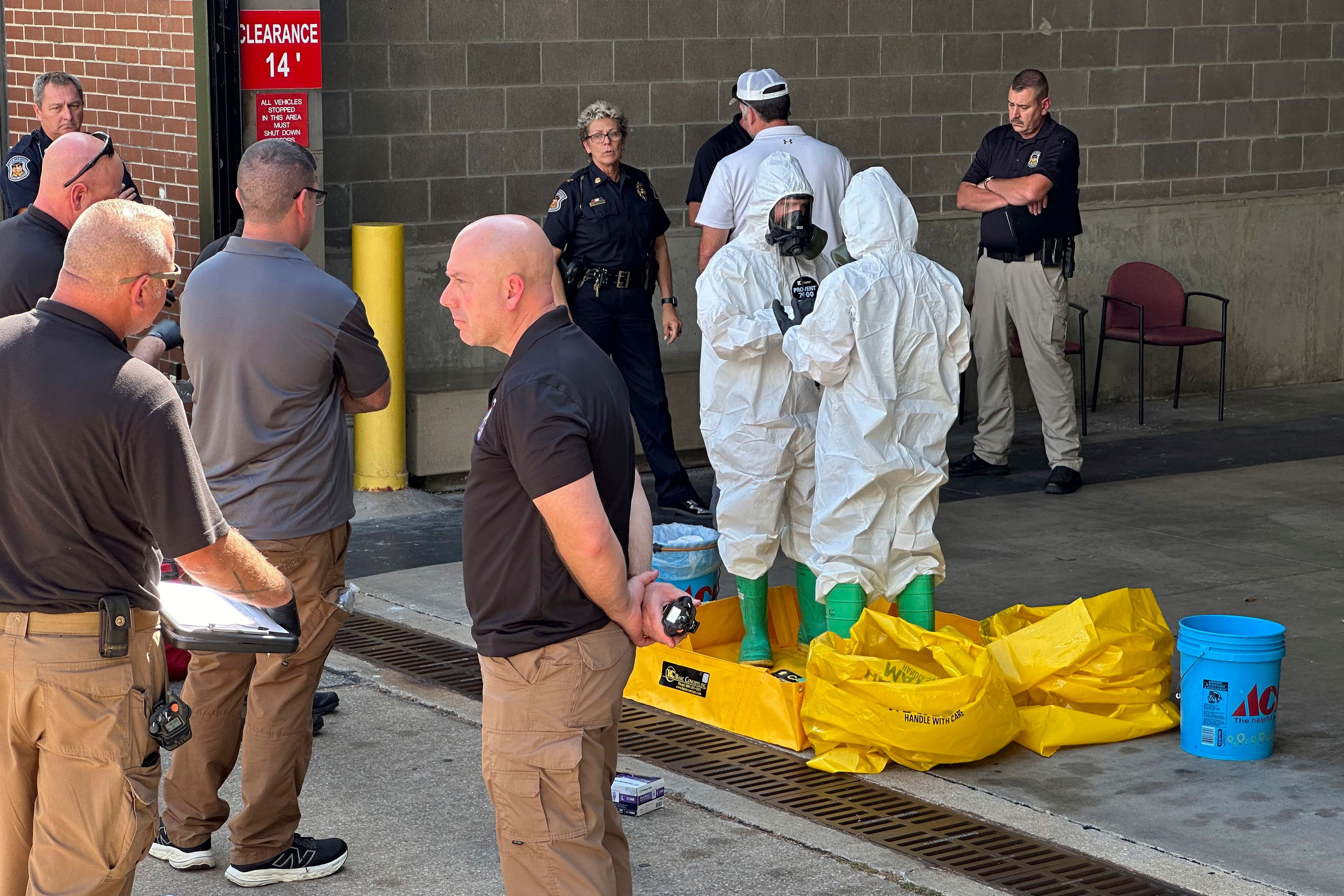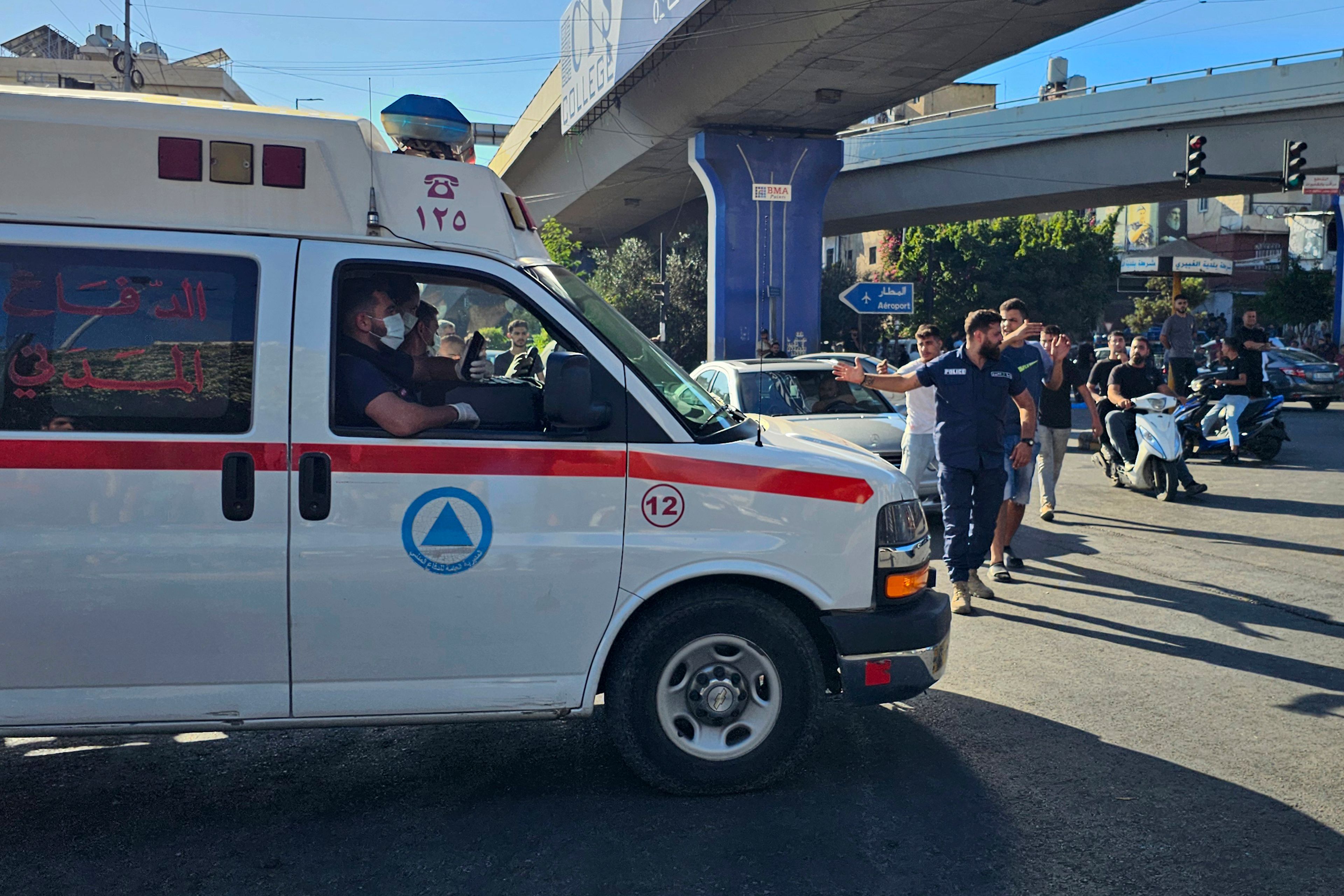COLUMBIA, Mo. -- A drive down Route JJ from Calwood to Fulton in Callaway County passes quiet meadows and woods that last year gave up ample evidence of a violent, noisy past.
Nearly 200 artifacts of battle, ranging from unfired bullets to coat buttons, were uncovered in a comprehensive archaeological survey that employed metal detectors, GPS equipment and dozens of volunteers. The resulting report, presented Friday at Westminster College, provides ample evidence disproving some but confirming the details in many accounts of the Battle of Moore's Mill.
"You can see how the Confederates, from the little hillocks, were able to use that area very effectively for their ambush," said Douglas Scott, a battlefield archaeologist who has also studied the June 17, 1861, Battle of Boonville.
Most of the battlefield is on private property.
It was hot July 28, 1862, when Union forces from four regiments who had been chasing Col. Joseph Porter across Boone and Callaway counties finally caught up with the Lewis County rebel. Porter had returned to Missouri on a recruiting mission and at times had as many as 2,000 men under his command.
But he had only about 300 men to face the combined Union force of just more than 700 under Col. Odon Guitar of Columbia. Armed with shotguns and common rifles, they set up their ambush. The report, written by Scott, Thomas Thiessen and Steve Dasovich, maps the Confederate and Union positions using the evidence of fired and unfired ordnance to confirm or refute historical accounts.
Guitar reported losing 13 men killed and 55 wounded that day, while Porter's exact casualties are unknown, estimated variously at six to 130 killed and 21 to 150 wounded. The Confederates retreated when they exhausted their ammunition and were unable to capture the Union artillery despite several attempts.
A marker for a mass grave, to be dedicated July 27 at the site, will have the names of 16 Union dead and eight Confederates, said Noel Crowson, chaplain of the Elijah Gates Camp of the Sons of Confederate Veterans.
Students from Westminster, Lindenwood University and Missouri Valley College, along with local volunteers, conducted the field work in March 2013. The work was supported by a grant from the American Battlefield Protection Program, run by the National Park Service, intended to document Civil War sites that have remained intact for 150 years.
Missouri Civil War Heritage Inc. helped secure the grant and organize the survey.
Cinnamon Brown, an assistant professor of history at Westminster, said the report will help her teach the war on a human scale. Many of the artifacts recovered are being donated to the Kingdom of Callaway Historical Society, where they will be available for display and study.
The maps showing where the opposing sides took up positions and the artifacts will help when students visit the area, which is marked by a roadside interpretive panel.
"We will prepare a lot of strategy in class and I am hoping we can go out there and the students can be the troops," Brown said.
------
Information from: Columbia Daily Tribune, http://www.columbiatribune.com







